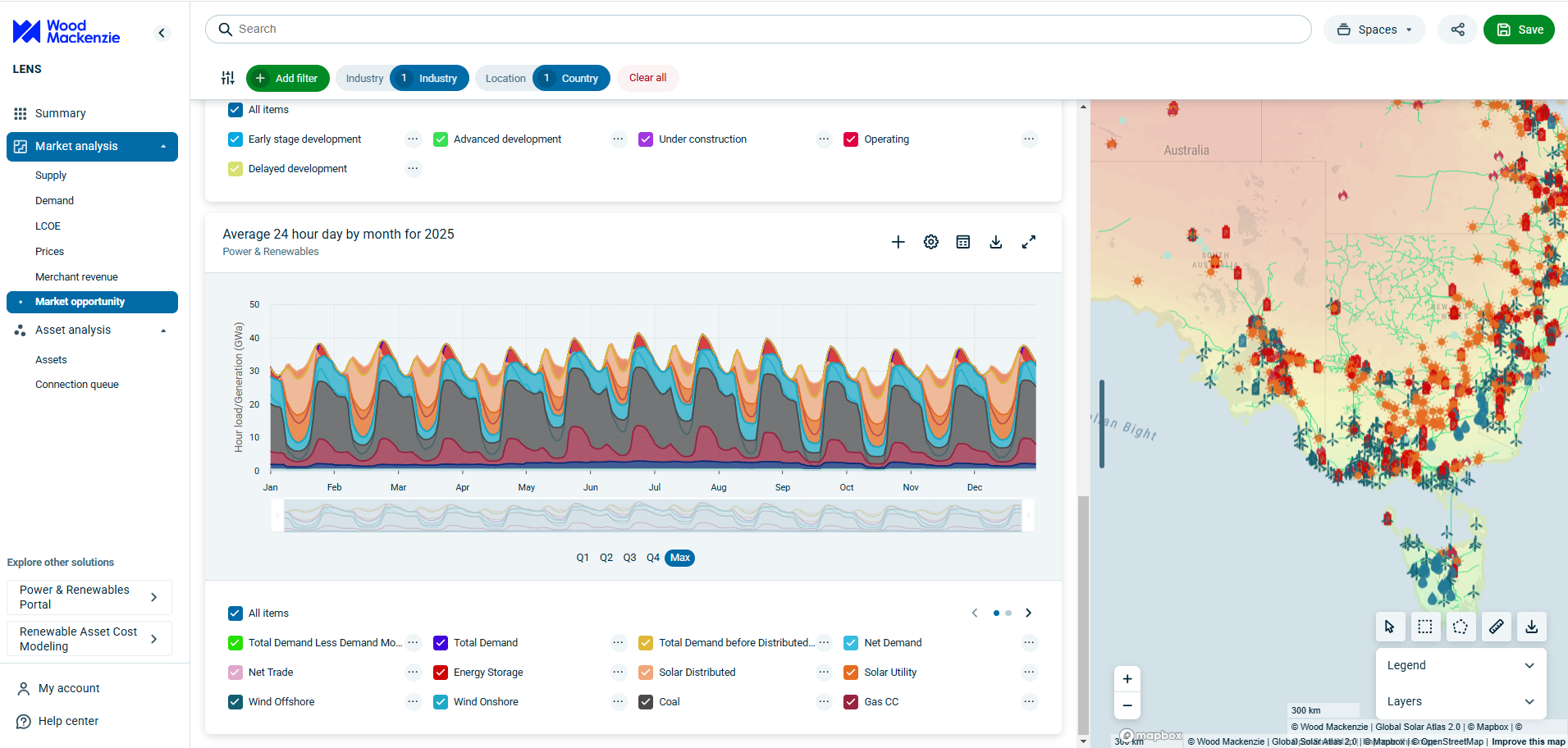Get in touch
-
Mark Thomtonmark.thomton@woodmac.com
+1 630 881 6885 -
Hla Myat Monhla.myatmon@woodmac.com
+65 8533 8860 -
Chris Bobachris.boba@woodmac.com
+44 7408 841129 -
Angélica Juárezangelica.juarez@woodmac.com
+5256 4171 1980 -
BIG PartnershipWoodMac@BigPartnership.co.uk
UK-based PR agency
Puerto Rico microgrid market to more than double by end of 2024
Cumulative market investment over the next five years expected to top US$419 million
1 minute read
New research from Wood Mackenzie forecasts the microgrid market in Puerto Rico will reach 228 megawatts (MW) by the end of 2024, more than double the microgrid generation capacity currently available on the island.
Cumulative market investment is also expected to top US$419 million, as firms compete for dozens of microgrid projects in Puerto Rico.
Hurricane Maria struck the island in September 2017, destroying 80% of Puerto Rico’s transmission and distribution system. Prior to Hurricane Maria, Puerto Rico did not have a framework to effectively integrate microgrid systems into the grid.
Since the hurricane, Puerto Rico has seen an increase in microgrids, reaching a total of 26 installations with 86MW of generation capacity as of March 2019. This makes Puerto Rico the 14th largest state market by total installed microgrid capacity.
Wood Mackenzie has developed research to understand the current market dynamics for microgrids in Puerto Rico, as well as an outlook of the market potential over the next five years. The new research covers operational and planned microgrids in Puerto Rico that have been announced through 31 March 2019.
Isaac Maze-Rothstein, Research Associate with Wood Mackenzie Power and Renewables, said: "Current policy uncertainty will prevent many microgrids from coming online during the 2019-2020 period. This can be traced back to the historic lack of clarity on interconnection, as well as the ongoing privatisation process of the Puerto Rico Electric Power Authority."
"However, as these barriers will be largely resolved by 2020, we see significant growth starting in 2021. We are optimistic offtakers will be able to monetise net metering for microgrids, have standardised interconnection costs, and access increasingly affordable third-party financing."
Mr Maze-Rothstein noted that while capacity is expected to significantly increase in 2021, the Puerto Rican microgrid market already has many firms competing for projects.





